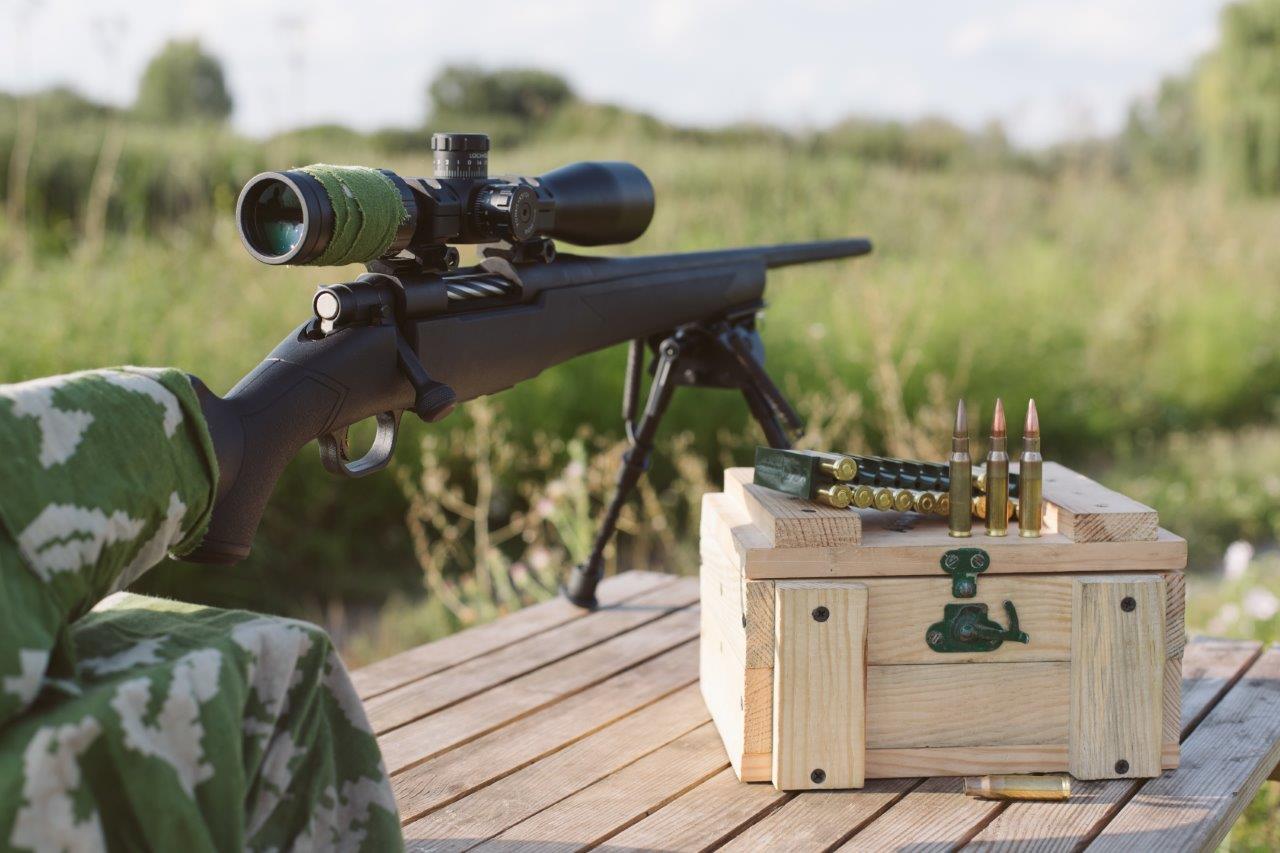Long Range Shooting Is Now All the Rage
Long Range Shooting Is Now All the Rage
If you pay attention to shooting sports you probably noticed the sharp uptick in offerings from various gun ammunition and accessory manufacturers all geared towards long range shooting. To understand how this developed you need some background information. You need to go back 20-25 years. At that point in time shooters would be quite happy with a gun, ammunition, sighting device combination that would consistently shoot under 2MOA (2.12 inches at 100 yards). A gun that could perform at this level cost $600.00- $1,000.00. That was considered a real bargain. To move beyond this level of repeatability meant going to a custom rifle such as those manufactured by Bartlein, Blue Mountain Precision, or Craigs Custom Rifles, using exotic (at the time) ammunition such as 6.5 x 284 Norma, 6.5 PC, or 6.5 Creedmore, and of course the ammunition would need to be hand loaded by the shooter or a custom ammunition operation. This would easily propel the cost into the $3,000- $5,000 range. What has transpired since then is that manufacturing consistency and precision have improved to a point where a typical package gun, that’s one that includes both the gun and the scope, purchased at a major retailer such as Walmart, Dicks, Cabela’s, or Bass Pro for $300- $400 combined with a box of off the shelf ammunition at $25- $30 can now be expected to shoot sub MOA (less than 1.06 inches at 100 yards) almost routinely. What this has done is change the game so that what was once challenging and fun at 100 yards is no longer the case. Being able to hit the mark at 300, 400, 600 yards and beyond is now the challenge.
You only need to take a look at the offerings from reasonably priced manufacturers such as Savage, Mossberg, Ruger, etc. and compare their product line up today to their line up 5-6 years ago. What you see is a plethora of rifles specifically geared to long range shooting. These guns come in a variety of configurations such as traditional, blued finish metal work with a walnut stock, blued and/or stainless with an advanced composite stock, and finally the fastest growing category which is the chassis gun. A Chassis gun is typically a bolt action with a box magazine ahead of the trigger guard, and the entire action and barrel assembly is bedded and free floated into an advanced and highly adjustable synthetic stock. In many cases the gun even sports a pistol grip similar to an AR15. This particular type of gun is basically state of the art. Typically it has a hammer forged barrel with a fast twist rate ranging from 1-7 to 1-9 so that it can properly stabilize long bullets with high ballistic coefficients. The barrel is solidly connected to the action, and the action and barrel assembly is fitted into an aluminum bedding block that is solidly anchored to the stock. The barrel is free floated for its entire length. What this does is eliminate ancillary vibration and prevents the barrel from making any contact with the stock as its temperature begins to increase, thus eliminating any unwanted pressure at any point along the barrel. The top of the action typically is machined with a picatinny style rail for solidly mounting optics. Finally the trigger is fully adjustable from as little as 2 oz. up to 6 lbs. This eliminates any undue trigger pressure which may influence shot placement.
Equipment for sighting in has also advanced on a parallel course. The absolutely best top line sighting rest is the Hyskore 30275 Dual Damper Machine Rest https://hyskore.com/products/30275-dual-damper-shooting-and-sighting-rest/. This incredible item allows the shooter to calibrate his gun, sight, and ammunition without any human induced motion contamination. It does this by using 2 precision compression dampers to progressively attenuate the recoil pulse and then return the gun to battery, shot after shot, without any flinching or jerking the trigger.
The ammunition for long range shooting, although special, is readily available. Typical calibers are the 6.5 Creedmoor, the 6.5 PC, the 6.5 x 284, the 300 Win Mag and of course the venerable .308 Winchester. The most important common factor shared by this group of cartridges is that they must remain supersonic beyond 1,000 yards. Just as a jet plane begins to vibrate and destabilize as it crosses the sound barrier during acceleration, the same thing happens as it crosses the sound barrier upon deceleration. This phenomenon is no different when it comes to bullets. Therefore once a bullet has transcended on the acceleration curve, and then is stabilized, at the other end of its travel if the 1,000 yard mark is within its supersonic range, it is still stable. If it decelerates short of 1,000 yards and becomes subsonic, at that point it once again destabilizes, and the consistency and repeatability that would have been delivered at supersonic speed is negatively influenced. With the exception of the .308 Winchester, all of the above calibers can remain supersonic at 1,000 yards with a 24” barrel. The .308 requires a 30” to achieve similar results.
The other primary influencing factor in accuracy and repeatability at extended ranges is the shooter. That is another story.


No Comment